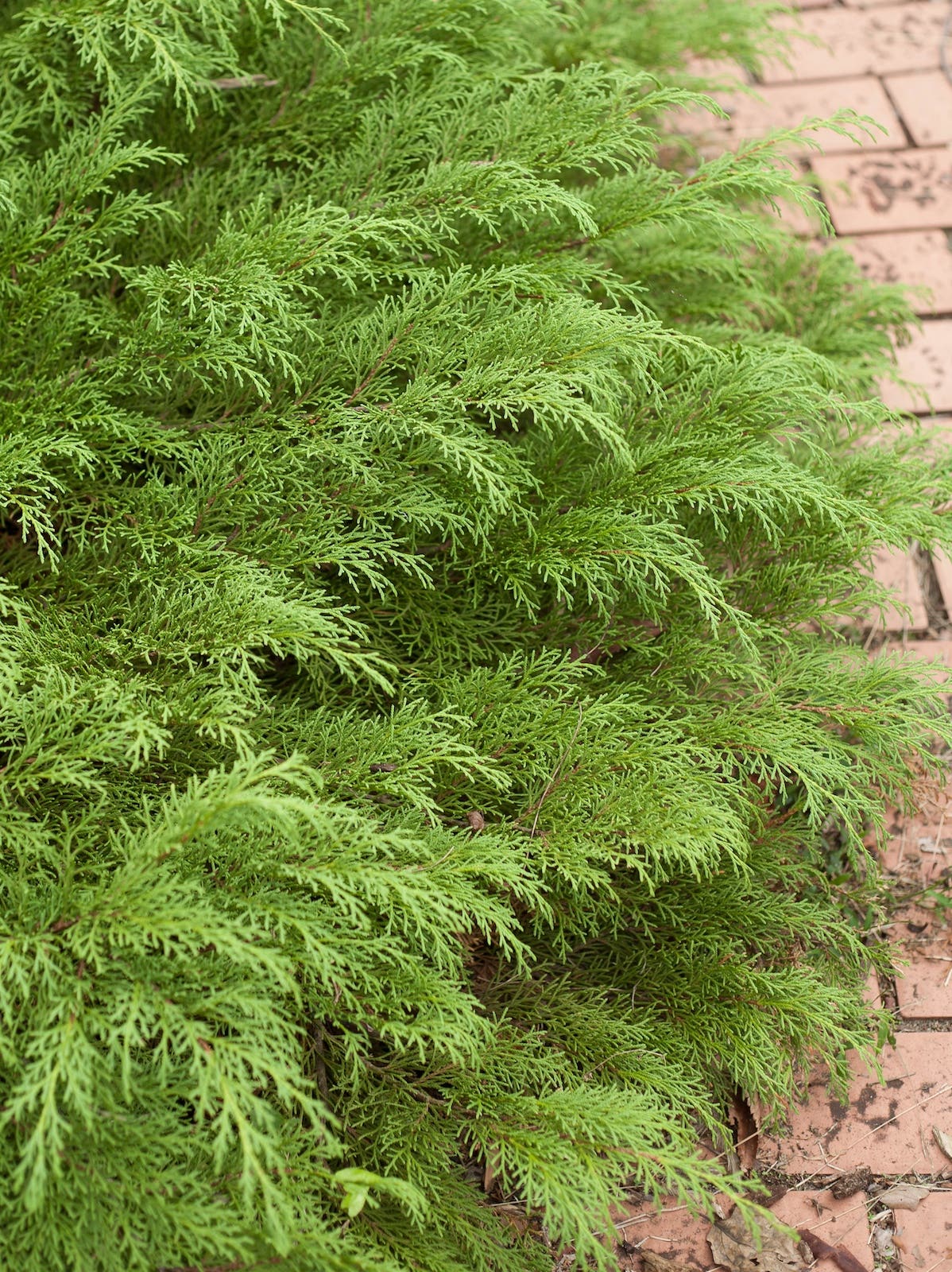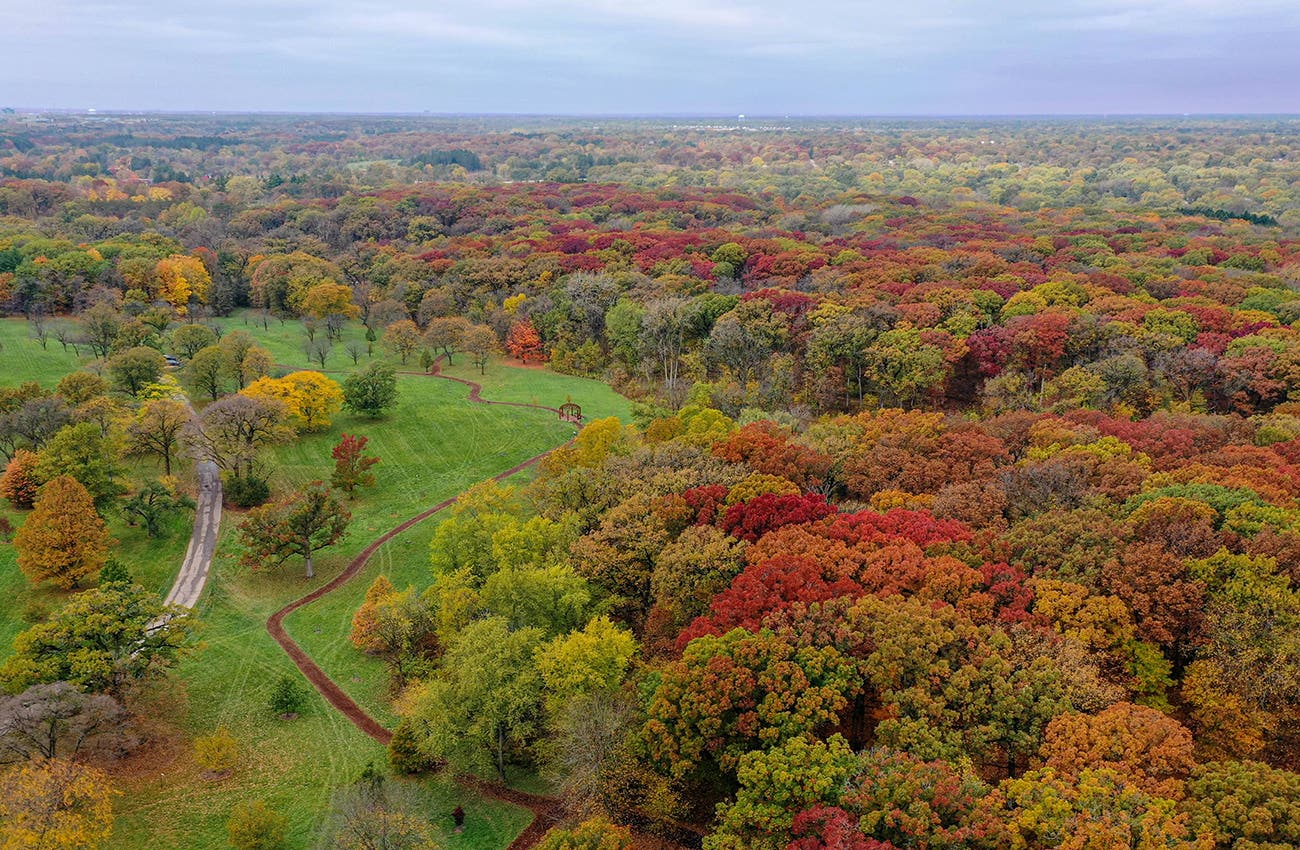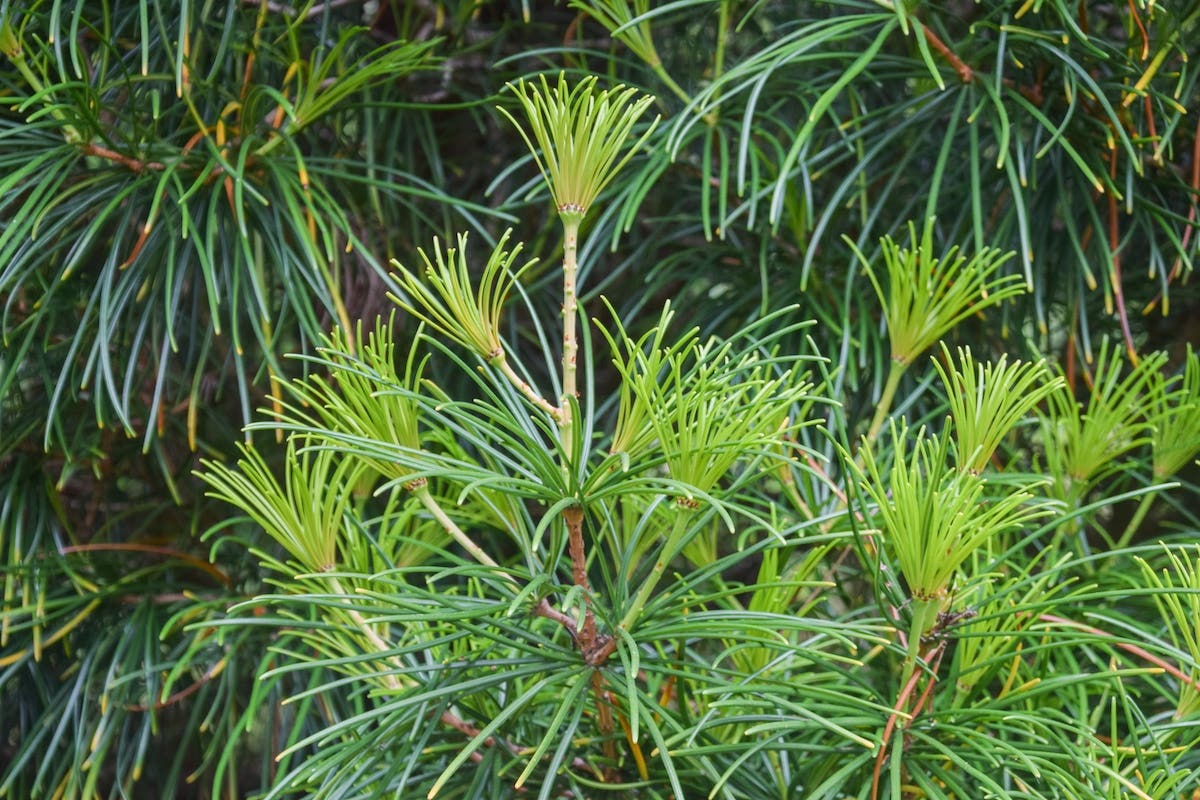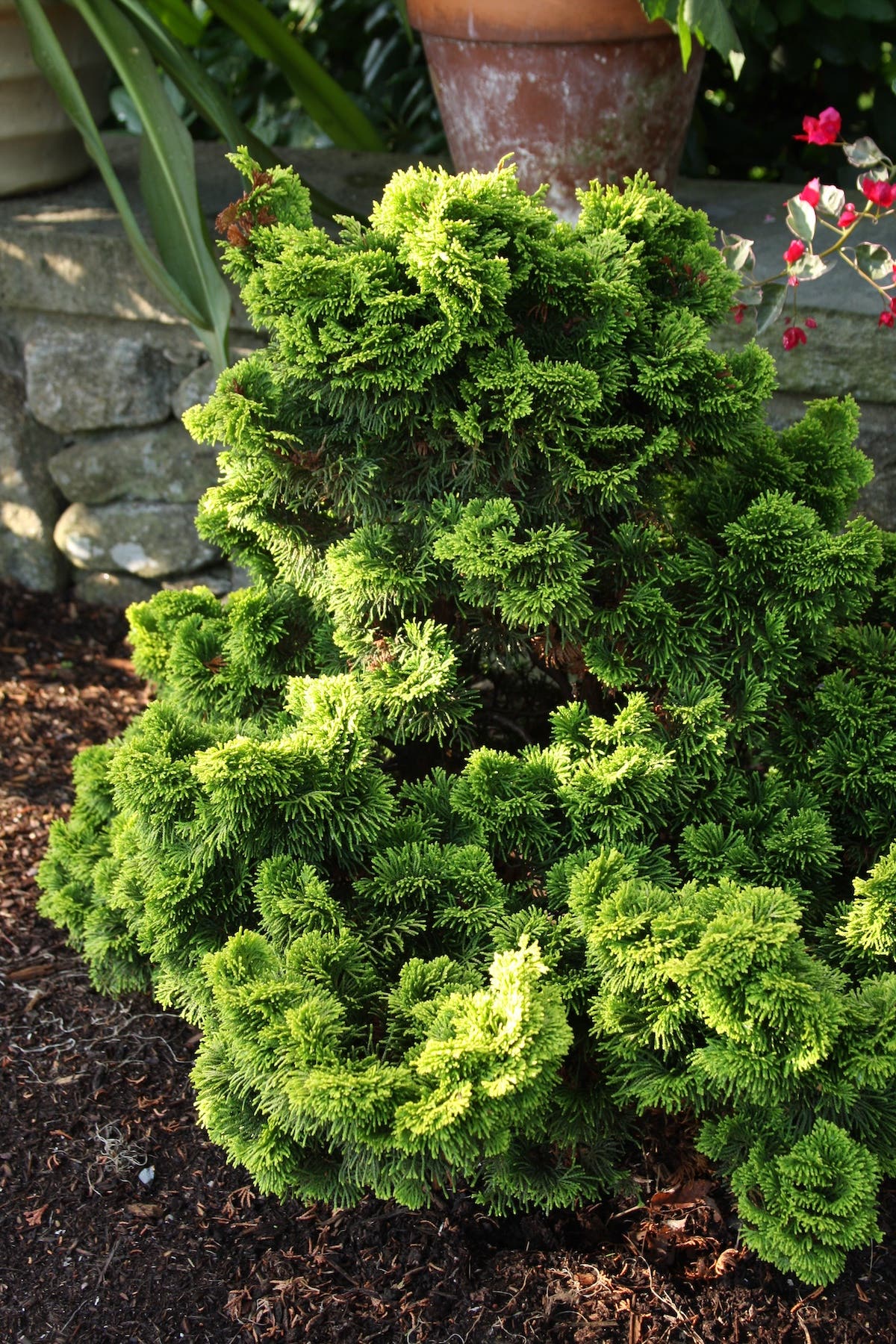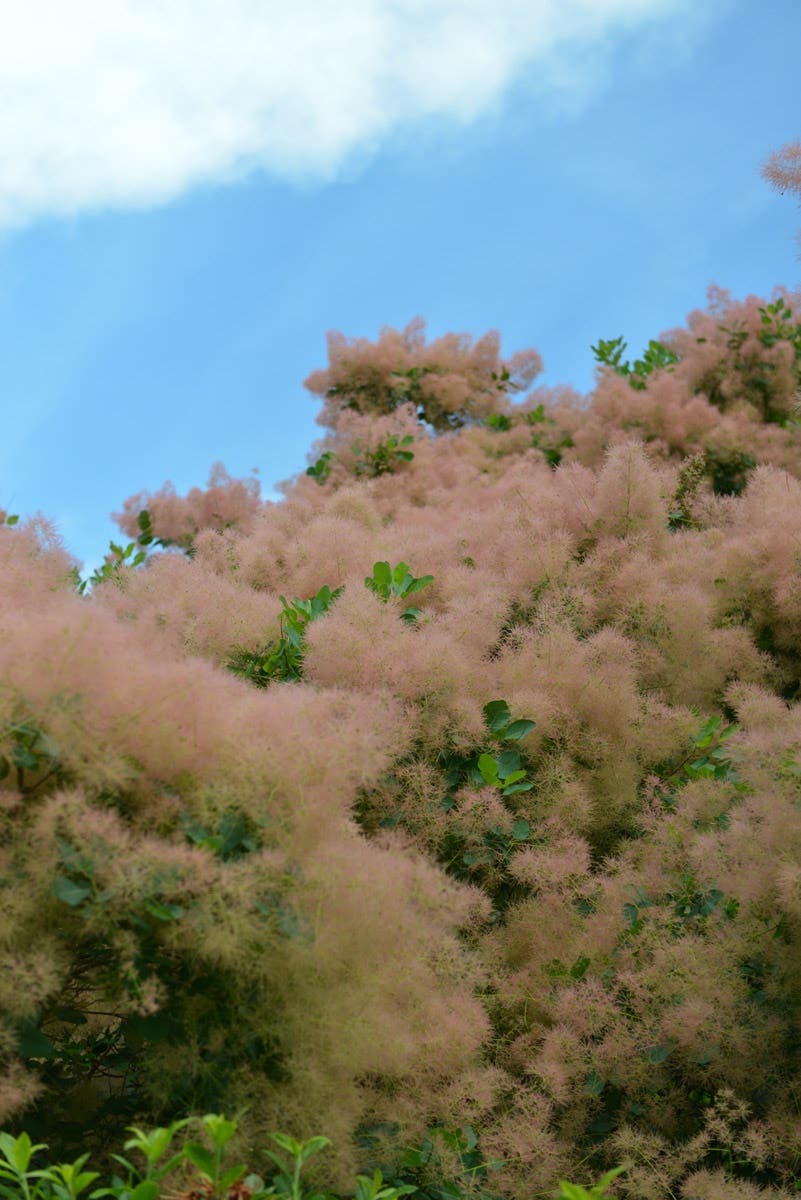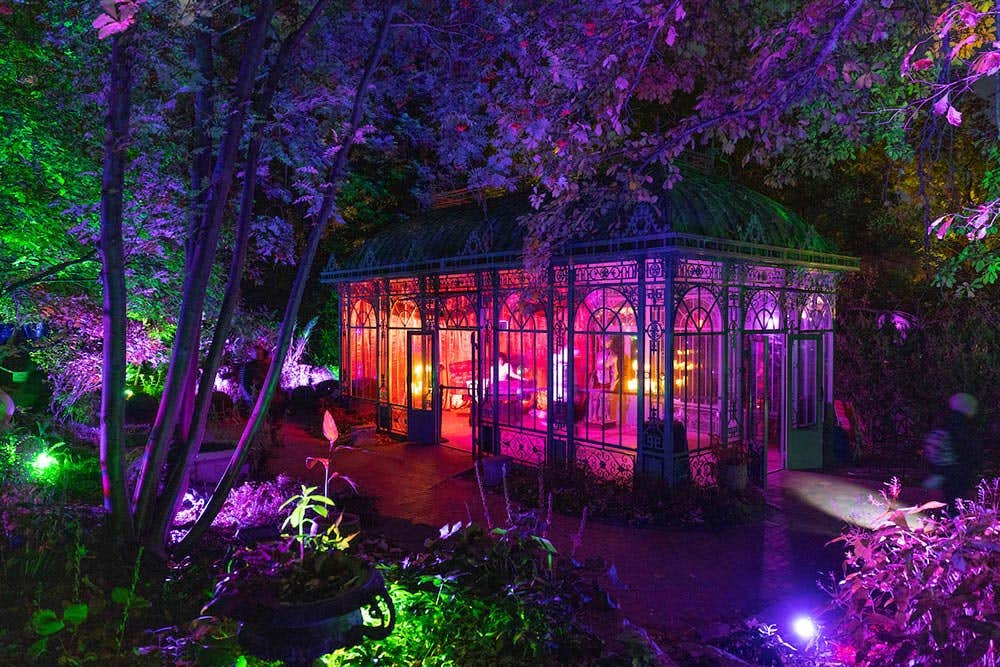Foliage Plants for Sun Lend Lasting Interest to the Garden
Accent the flowers in your sunny garden with these bold leaves. Use these foliage plants to keep things interesting all summer.
The shade tables at your favorite garden center offer many perennials with foliage as their main feature. Think the intricate fronds of hardy ferns, the bold, broad leaves of giant hostas, the polka dots on lungwort (Pulmonaria). Many gardeners know how to combine foliage perennials for texture and color in shaded spaces, yet this strategy isn’t as often employed in the sun. That’s probably because there are more sun-loving plants with flowers as their main draw. Still, wouldn’t it be nice to mix in some foliage plants for sun?
To get started, here are a few perennials and shrubby plants that like the sun and contribute interesting color, shape or texture through their leaves. If you look beneath the sun tables’ blooms on your next plant-shopping trip, you’ll likely find even more to spark your creativity.
1. Border sedum
Upright, mound-forming border sedums (Hylotelephium) have enjoyed popularity for decades thanks to their ease of care and their late bloom. Their dense heads of tiny pink or white flowers appear in late summer or autumn, feeding pollinators and obscuring any view of the plant’s foliage. Prior to blooming, though, the broad, fleshy, stiff leaves of border sedum make a good foil to finer-textured sun lovers.
Plus, many cultivars offer a splash of color with their foliage. Autumn Charm (‘Lajos’) remains a very popular variegated sedum, with minty green leaves bordered in soft yellow. Discovered as a sport (genetic mutation) of the well-known green-leaved ‘Autumn Joy’, it has proven very stable—that is, it doesn’t tend to revert to producing solid leaves.
If a solid leaf is preferred, sedum offers plenty of choices beyond green. Dark-leaved sedums, such as ‘Back in Black’, are versatile companions for spring- or summer-blooming neighbors, whether those flower in hot colors for contrast or cooler shades for blending. Lighter-colored cultivars like ‘Tiramisu’, which boasts foliage in a bronze-tinged blue, are equally useful.
In addition to sun, border sedums require well-drained soil that’s on the lean side. Do not fertilize them, because it can lead to floppy growth. Once established these perennials tolerate drought. Hardiness is generally USDA Zones 3 through 9.
2. Adam’s needle
Native to the Mid-Atlantic and Southeast (and naturalized to the north and west of these regions), Adam’s needle, or Yucca filamentosa, grows as a rosette of upright, swordlike leaves. The species name refers to the curly threads at the leaf margins. This evergreen perennial’s spiky silhouette can help break up a sunny border of mounding shapes and fine foliage, and the leaves’ physical texture makes deer and rabbits very unlikely to partake. Several cultivars have been developed for color or a neater habit.
Variegated yuccas include ‘Color Guard’, which can reach four feet tall and bears a gold stripe down the center of each leaf. In the warmest months, the hue turns a creamier shade but remains undeniably yellow. ‘Golden Sword’ is similar in looks but smaller, growing two to three feet tall and with less stiff foliage. (Both these cultivars are sometimes sold as Y. flaccida. There is a history of debate as to whether the two species are distinct or flaccida is a variety of filamentosa.)
For a Y. filamentosa without gold markings, but still offering a little extra, ‘Excaliber’ stands out. This plant remains shorter than two feet. Its foliage is a bluish gray-green color that nicely sets off the many curly white filaments along its edges.
Adam’s needles are simple to grow. They prefer full sun but will tolerate some shade. They need good drainage but otherwise put up with a range of soils. Highly drought tolerant, they form taproot that can make them difficult to move (or remove). Bell-like flowers appear at the top of impressively tall stems on mature plants, which live on after blooming (unlike the somewhat similar-looking agaves, which die after they flower). These yuccas are hardy in Zones 6 through 10 and can survive a Zone 5 winter with protection.
3. Silver foliage plants for sun
Plants with silver or gray leaves rank high among foliage plants for sun, not just for their color but also their durability. Like everything in the plant world, silver foliage didn’t come about just to dazzle gardeners. In most cases the silvery look actually comes from adaptations to harsh conditions.
Some silver plants have a waxy or filmy gray coating on their leaves to reflect strong sun. Others bear a thicker substance that helps to deal with drought; this silver fuzz catches rainfall, moistening the leaves’ cells and then shedding excess water toward the roots.
A particularly bright silver can be found in Artemisia ‘Silver Mound’. With its dense covering of very narrow leaves and rounded shape, it resembles a pompom. This low-growing perennial prefers heat and dry, poor soil. It performs best in Zones 3 through 7.
For a more subdued silver, there’s giant hyssop (Agastache rupestris), an upright perennial native to the mountains of the Southwest. Its threadlike leaves are colored grayish green, contrasting well with its own orange summer flowers. Hardy in Zones 5 though 8, it needs sharply drained soil and moderate moisture, though it can take drought.
Yarrows (Achillea millefolium) are often grown for their colorful, lacy blooms, but their foliage should be appreciated for its fernlike texture and gray undertones. The ‘Sassy Summer’ series, including red-flowered ‘Sassy Summer Sangria’ and yellow-blooming ‘Sassy Summer Silver’ have a pronounced blue-silver in their leaves. Yarrows are drought-tolerant once established and low feeders, with a winter hardiness of Zones 3 through 8.
4. Lime green foliage plants for sun
Chartreuse-hued foliage glows in the sun and combines well with all other colors of flower and leaf. Although not all lemon- or lime-green plants can take full sun, there are options that thrive in such a setting.
Lemony Lace elderberry (Sambucus racemosa ‘SMNSRD4’), a deciduous shrub growing three to six feet tall and wide, produces its lightest, brightest foliage in all-day sun (though it will succeed in part shade and benefits from such in the South). Leaves emerge with a reddish cast in the spring and take on deeper yellow tones in the fall. They offer intriguing texture thanks to their deeply cut edges. Horizontal branches create layers of leafy fringe. This plant appreciates regular watering and thrives in Zones 3 through 8.
Another lime-green sun-loving option is found in the ornamental oregano Origanum ‘Gilt Trip’. Reminiscent of a compact catmint (of which there are also chartreuse options), it has small, rounded leaves that line sprawling stems. Its loose, billowy habit makes it a good filler among tighter perennials. Bee-friendly purple blooms are a bonus from midsummer onward. It prefers moderate water and poor to average soil. Its hardiness is Zones 4 through 9.
5. Upright spurges
The genus Euphorbia is represented by species that vary wildly in appearance and use—the holiday staple poinsettia is a euphorbia, as is Diamond Frost, a favorite annual for summer containers. There are also hardy, upright, shrubby euphorbias, known colloquially as spurges, that make good foliage plants for the sun.
Euphorbia xmartinii ‘Ascot Rainbow’ grows as a 20-inch clump of vertical stems lined with long, narrow leaves, colored mint green with a gold edge. Cool weather brings a reddish blush to the newest foliage. Some upright spurges benefit from cutting back after they bloom (a show of unique, brightly bracted flowers), but ‘Ascot Rainbow’ continues to look good without this treatment. Hardy in Zones 5 through 9, it needs excellent drainage and tolerates drought once established.
‘Glacier Blue’, often listed as a cultivar of E. characias, looks similar to ‘Ascot Rainbow’ except its foliage shows up blue rimmed in white. This evergreen perennial also stays a bit smaller, at 15 to 18 inches tall. It follows the same care regimen as ‘Ascot Rainbow’, too, although it’s not as hardy, with a rating to Zones 7 through 9.
Note: All euphorbias contain a sap that can irritate the skin, so wear gloves when working with them.
6. Cannas & bananas
It can be difficult to come up with large-leaved foliage plants for sun. Shade lovers produce larger foliage as a strategy to capture as much light as possible; in the sun there’s no need for such an adaptation. Tender cannas and bananas can fit the bill, though, with impressive foliage that makes the extra steps to winter them worthwhile.
Cannas are grown for their luscious flowers as well as their leaves, which stand upright and can be found in a range of colors—sometimes several hues on one plant. Cannova Bronze Scarlet takes half its name from its leaf color, a handsome purple-brown, and half from its brilliant red blooms. Other standout cannas for foliage include the Tropicanna cannas—the original Tropicanna, with red, green and purple stripes; the lemon-and-lime Tropicanna Gold; and the midnight-toned Tropicanna Black. Cannas enjoy copious water and will thrive in poor drainage. In regions colder than Zone 7b, their rhizomes need to be lifted and stored indoors for winter.
Ornamental bananas (Ensete and Musa) also provide large leaves for the sunny garden. The red Abyssinian banana (Ensete maurelii) has propellor-like leaves in purple-tinged green, with more sun bringing out more color. It’s hardy only to Zone 8 and warmer, and it may resist coming back if dug for the winter. Keeping it in a large container that can be moved under cover solves this Northern problem.
7. Hardy hibiscus
There is a large-leaved sun-dwelling plant that’s actually perfectly hardy in most zones: hardy hibiscus, which combine traits of several North American species, including Hibiscus coccineus and H. moscheutos. Although the big, bright, tropical-looking flowers are a main draw on these plants, many cultivars have been developed to play up the appeal of the maple-like leaves.
‘Edge of Night’ hardy hibiscus is one example, with extremely dark leaves that set off its candy-pink flowers. This cultivar also boasts a smaller stature than older sorts, remaining under four feet tall. ‘Summer Carnival’ hardy hibiscus makes a splash through its variegated foliage, with pink and white markings at the edges of each leaf.
Garden varieties of hardy hibiscus descend from species that naturally occur in swampy areas, so these bulky perennials are not drought tolerant. They grow best in soil that drains well but remains consistently moist, and they will need watering in extended dry spells. They are slow to get started in the spring, delaying growth until even the latter part of June in Zone 4. Once they wake, they grow quickly. Most cultivars are hardy in Zones 4 through 9.
Image credits: 'Ascot Rainbow' spurge by Valleybrook Gardens/Public Domain. Tropicanna canna courtesy of Anthony Tesselaar Plants. All others courtesy of Walters Gardens.


